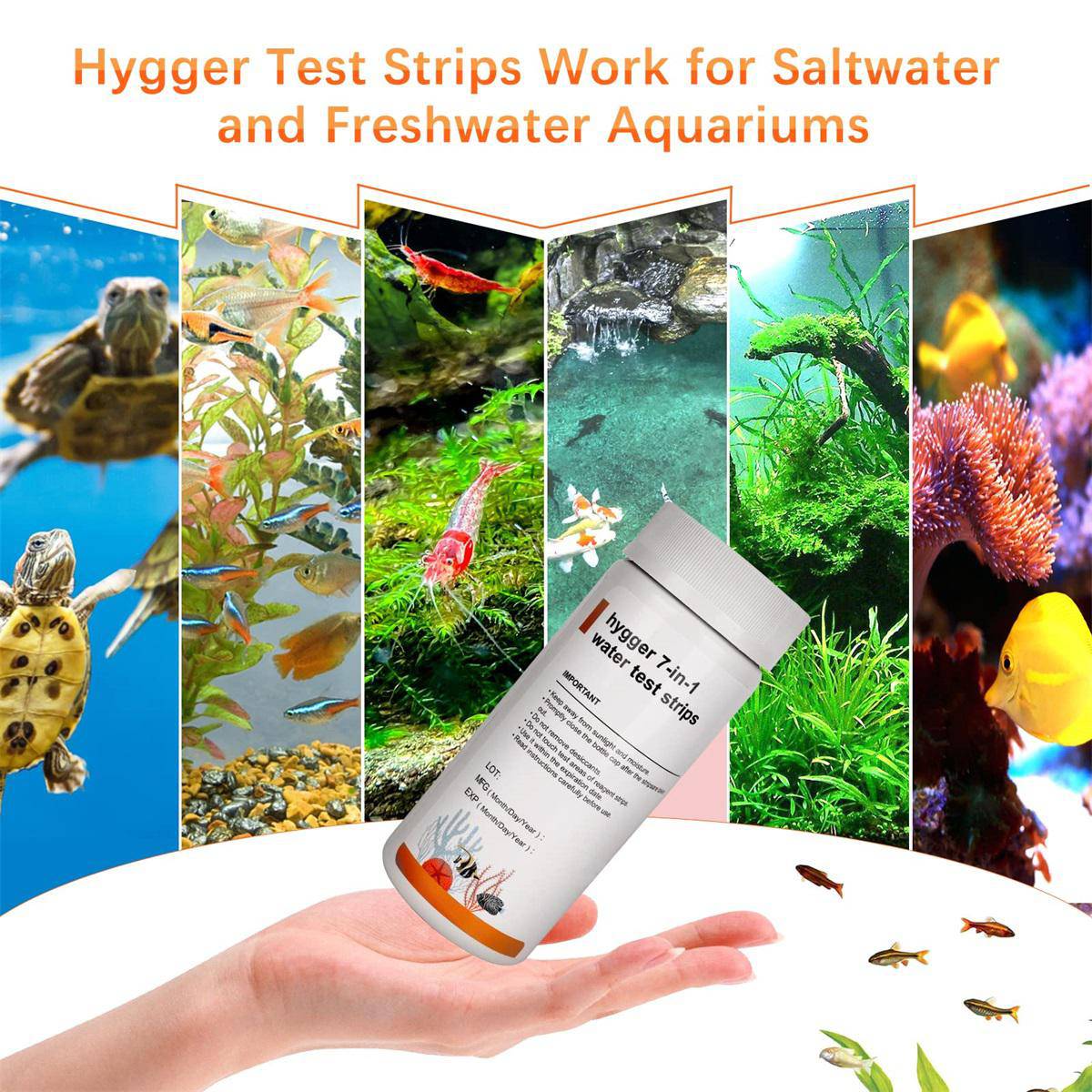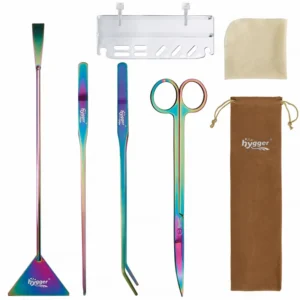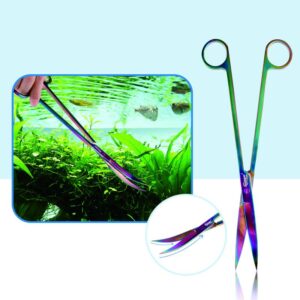Aquarium Fish Health Issue – What is Fish Lice
Aquarium enthusiasts invest time and effort in creating a serene underwater world for their beloved fish. However, despite meticulous care, fish health issues can arise, and one common menace that plagues ornamental fish is fish lice. Understanding what is fish lice, how they affect fish health, and ways to treat them is crucial for maintaining a thriving aquatic environment.
Let’s dive into the article and get a knowledge of fish lice about how to anticipate it better.
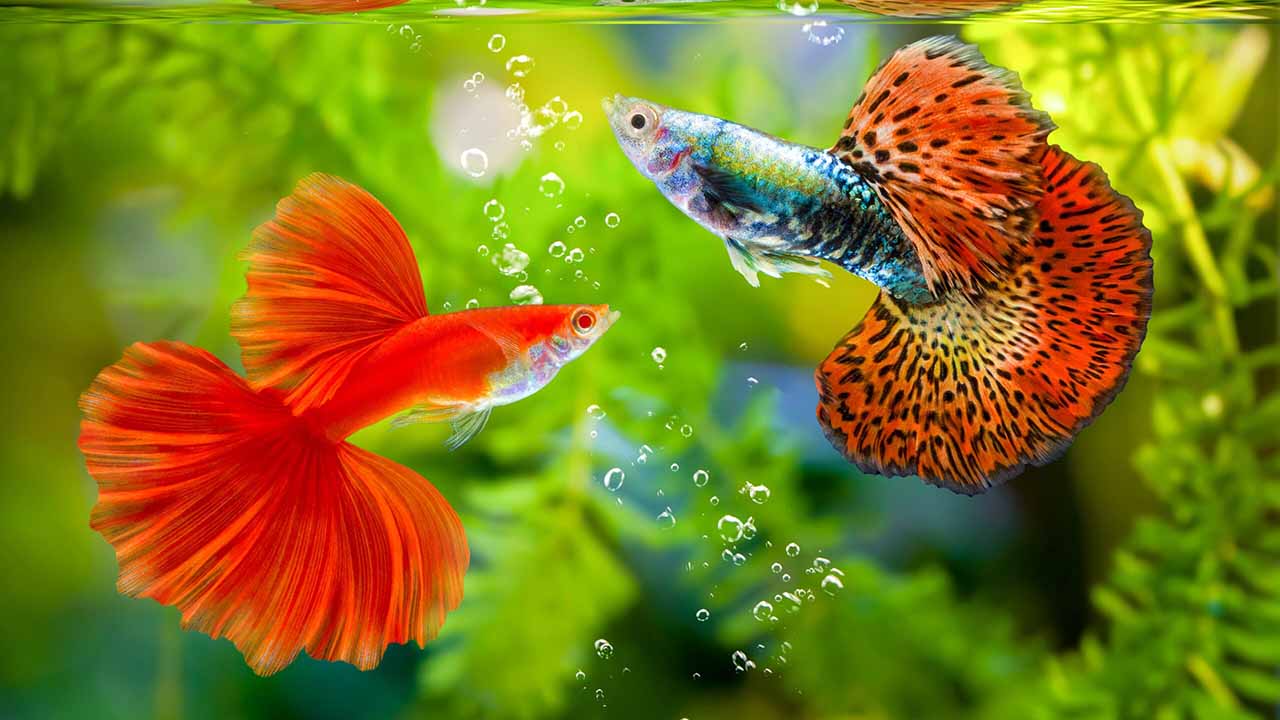
What are Fish Lice
Fish lice, also known as Argulus or fish louse, are parasitic crustaceans that infest fish. They are normally located in freshwater environments and may connect themselves to the pores and skin, fins, and gills of fish. Fish lice are seen to the naked eye and feature a flattened frame with a pair of large, hooked claws that they use to latch onto their host.
Ornamental fish may be at risk of fish lice for some motives. First, fish lice thrive in crowded and worrying environments, which include aquariums or ponds with a high population of fish. Additionally, terrible water fines and inadequate filtration can create a surrounding that is conducive to fish lice infestations. It also can be added through infected plant life or other fish which can be brought to the tank or pond.
Fish lice feed on the blood and tissues of their host, inflicting irritation, infection, and capacity harm to the fish’s skin and gills. Infested fish can also exhibit signs consisting of excessive scratching, flashing towards items, or visible parasites on their body.
Sea Lice on Fish
Sea lice are small crustaceans that can attach themselves to fish, causing irritation and capability harm. They are normally located in marine environments and can be encountered in diverse varieties of fish. Some fish species are more vulnerable to sea lice infestations than others.
One of the maximum typically affected fish is salmon. Salmon farms, specifically, may be hotspots for sea lice infestations due to the high density of fish in these environments. Sea lice can connect themselves to the skin and fins of salmon, causing damage and affecting their usual fitness.
Other fish that can come upon sea lice encompass trout, herring, and mackerel. These fish species are often determined near salmon farms or in areas in which sea lice populations are excessive. Sea lice infestations can cause decreased increase, weakened immune structures, and elevated susceptibility to other fish diseases.
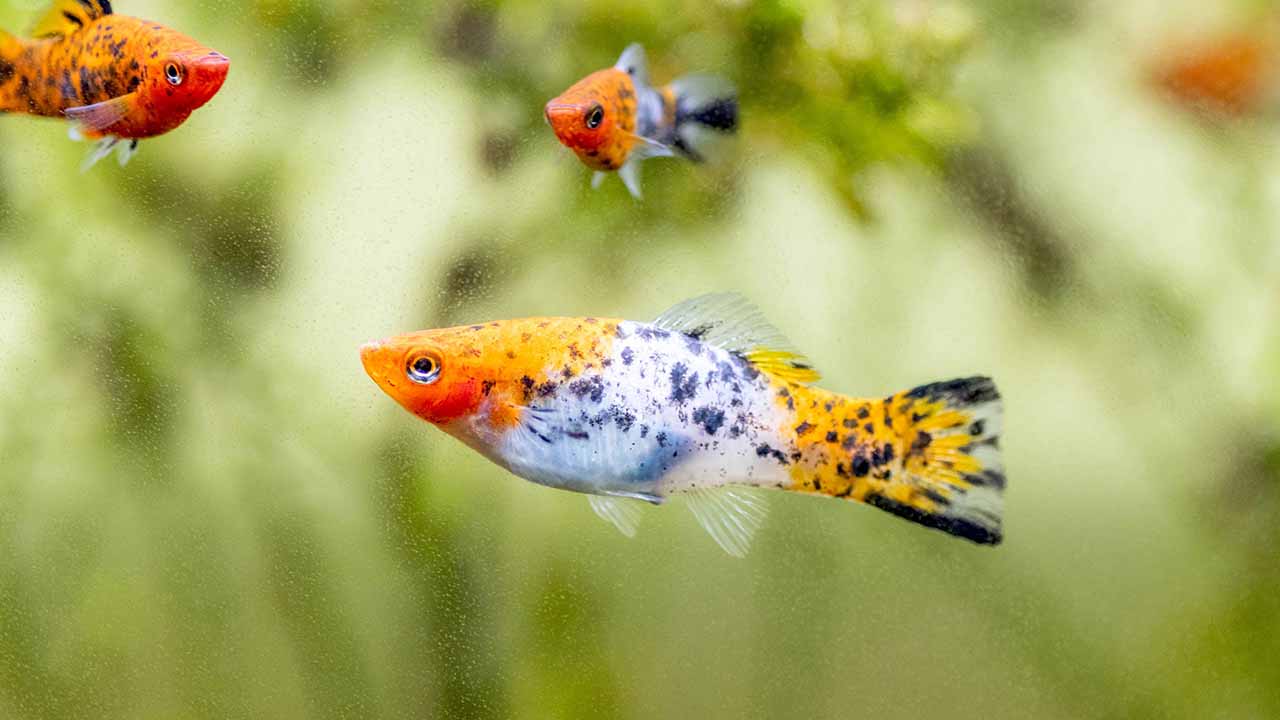
Fish Lice Infections in Fish
Fish lice infections may have a sizable effect on the fitness of aquarium fish. They have sharp mouthparts that they use to pierce the fish’s pores and skin and feed on its blood and tissues. This can cause diverse fitness problems for the inflamed fish.
- Infection and Soreness
Firstly, fish lice cause infection and soreness in the fish. The steady presence of those parasites can lead to scratching and rubbing in opposition to surfaces inside the aquarium, causing damage to the fish’s skin and fins. Result in open wounds, making the fish more at risk of bacterial and fungal infections. To anti-fungus, adding leaf litter in an aquarium is a useful tip.
- Immune System Weakening
In addition to physical damage, fish lice also can weaken the immune system of the inflamed fish. The constant blood loss from the parasite’s feeding can cause anemia, causing the fish to turn out to be susceptible and greatly liable to different illnesses and infections. The stress because of the presence of fish lice also can compromise the fish’s normal health and make it greater liable to different environmental stressors.
Important Note:
Furthermore, fish lice can reproduce rapidly, main to a worsening infestation if not addressed right away. Female fish lice can lay hundreds of eggs, which hatch into juvenile lice that are seeking out new hosts. This cycle can quickly overwhelm the fish population in an aquarium if left unchecked.
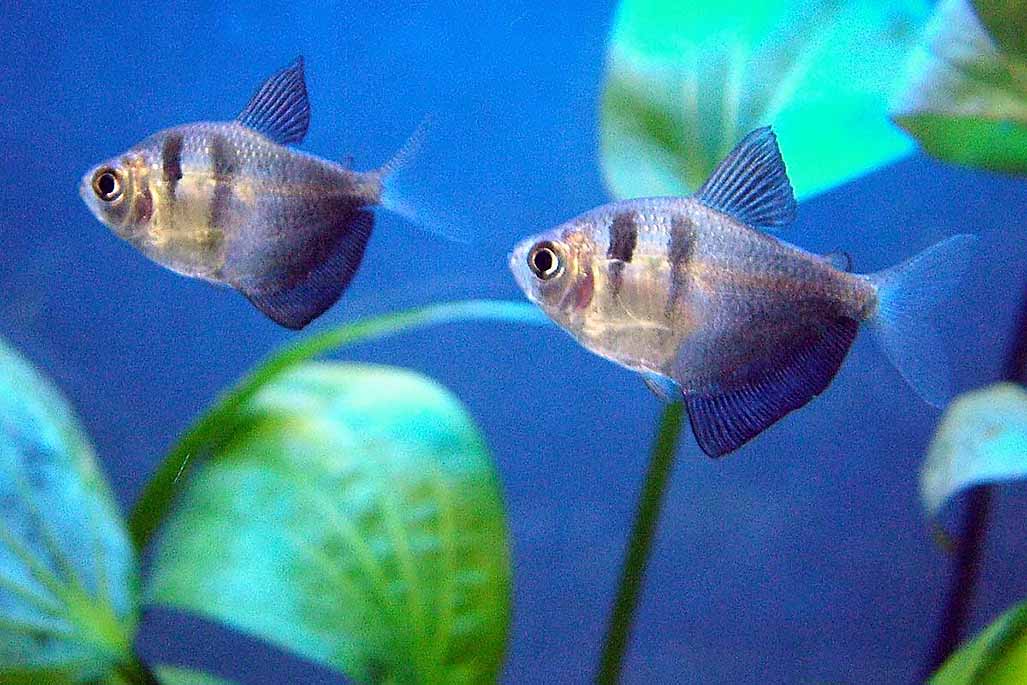
How to Tell if the Fish is Suffering From Fish Lice
If you observe that your fish is stricken by fish lice, there are some signs you could look out for.
- Visible Lice
The maximum obvious signal of fish lice infestation is the presence of seen lice on the fish’s body. Fish lice are flat and oval-formed, with a yellow or greenish color. They may be visible with the bare eye, specifically across the fish’s fins, gills, and frame.
- Scratching and Flashing
Infested fish will regularly showcase uncommon conduct consisting of scratching towards items within the tank or flashing, that rapidly swim towards the perimeters of the tank. This is an attempt to dislodge the lice from their bodies.
- Damaged Fins and Skin
Fish lice feed on the blood and skin of the fish, inflicting damage to their fins pores, and skin. Look for signs of redness, infection, or sores at the fish’s frame. If left untreated, these wounds can become inflamed and result in similar health troubles.
- Decreased Appetite and Weight Loss
Infested fish might also show a lower appetite and weight reduction. This is because the lice are draining the fish’s strength and vitamins, main to a weakened immune system and an average decline in fitness.
- Behavioral Changes
Fish suffering from fish lice may exhibit adjustments in behavior, consisting of lethargy or hiding in secluded areas of the tank. They can also grow to be less energetic and show a lack of interest in their surroundings.
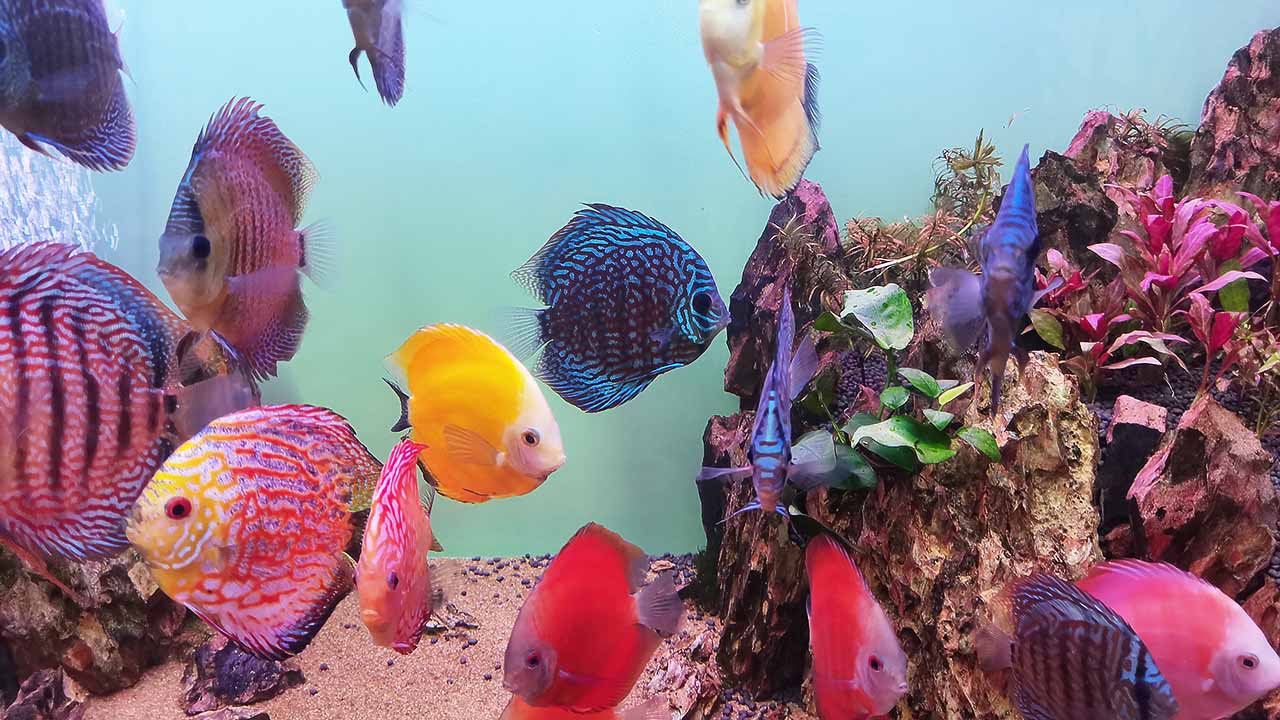
How to Treat Fish Lice in Goldfish
If you observe your goldfish has fish lice, it is critical to take action directly to alleviate your fish’s discomfort.
Identifying Fish Lice
Before proceeding with treatment, it’s critical to efficaciously discover fish lice. Fish lice are visible to the bare eye and seem as small, flat, oval-shaped parasites with hook-like appendages. They may be seen on the body, fins, or gills of the goldfish.
Isolating Affected Fish
To save the unfold of fish lice and protect the other fish inside the tank, it’s far critical to isolate the affected goldfish. Transfer the fish right into a separate quarantine tank, which is nicely geared up with suitable water conditions. This can even offer more controlled surroundings for treatment.
Medical Treatment
There are numerous scientific remedies available to deal with fish lice in goldfish. One unusual approach is to apply an antiparasitic medication in particular formulated for fish lice. Follow the instructions furnished with the aid of the producer carefully, as dosage and frequency can range, depending on the product.
Physical Removal
In addition to scientific remedy, bodily disposal of fish lice from the goldfish can assist in accelerating the recovery system. Using exceptional-tipped tweezers or a cotton swab, gently raise or scrape off the visible fish lice from the fish’s frame. Take care now not to harm the fish’s sensitive skin or fins for the duration of this manner.
Water Quality Management
Maintaining the most desirable water is important for the overall health and well-being of your goldfish, especially for the duration of the treatment duration. Regularly water monitor and alter water parameters including temperature, pH stage, and ammonia stages. Conduct partial water changes to remove any extra medicinal drugs or toxins that may gather inside the tank.
Preventing Reinfestation
After successfully treating fish lice in your goldfish, it is essential to take preventive measures to avoid future infestations. Quarantine any new fish before introducing them to the principal tank, as they may convey parasites. Additionally, frequently clean and sanitize the aquarium gadget to limit the risk of re-infestation.
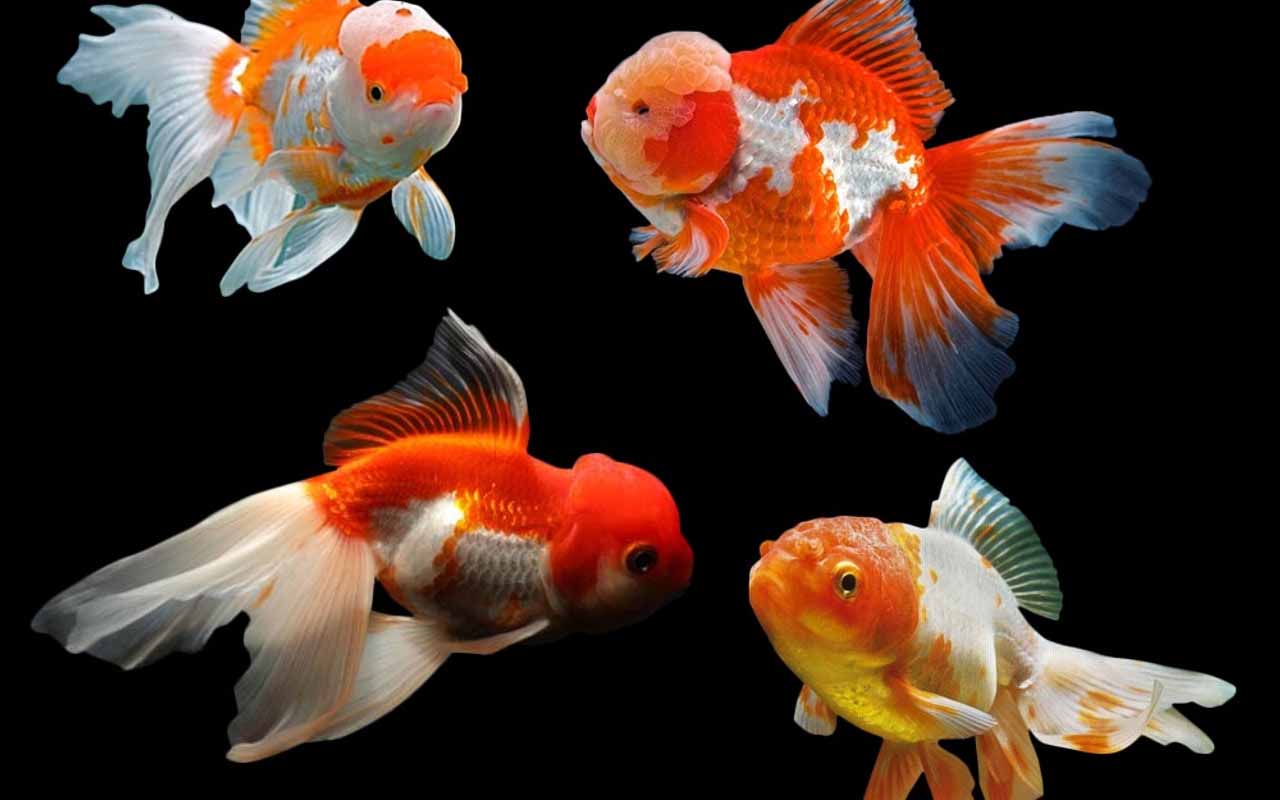
Final Words
Ensuring the nicely-being of aquarium fish involves vigilance against fish lice. These parasites can damage fish health, inflicting pain and vulnerability to infections. Prompt identity through visible symptoms and quick, suitable remedy is vital.
Maintaining optimal water great, isolating affected fish, and employing medication and bodily removal techniques are key. Prevention measures, together with quarantine and everyday tank preservation, guard in opposition to destiny infestations, fostering a thriving aquatic habitat.

